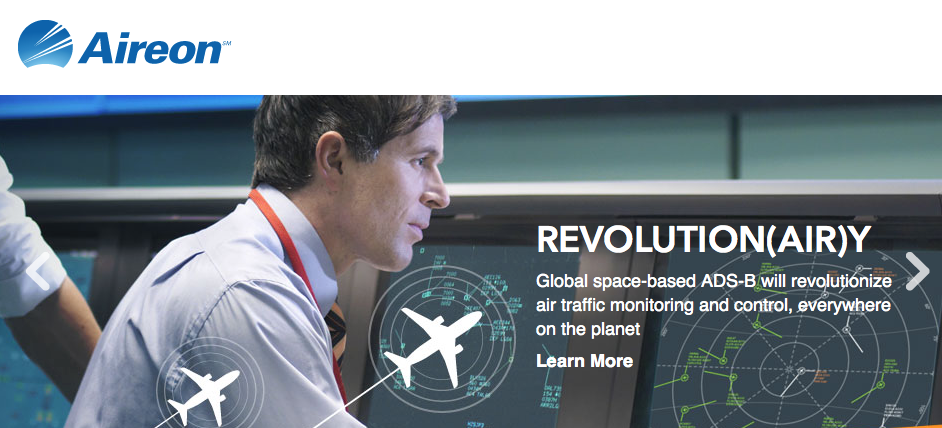
[SatNews] The Civil Aviation Authority of Singapore (CAAS) and Aireon LLC today signed a Memorandum of Agreement (MOA) to enhance aircraft tracking in the Singapore Flight Information Region (FIR). Through this collaboration, Aireon aims to work with CAAS to enhance surveillance coverage over the entire Singapore FIR with the deployment of a space-based Automatic Dependent Surveillance - Broadcast (ADS-B) service.
The MOA was signed by Yap Ong Heng, Director-General of CAAS, and Don Thoma, President and Chief Executive Officer of Aireon, at the sidelines of the High Level Safety Conference held in Montreal, Canada on February 4, 2015. It lays the groundwork for collaboration on the enhancement of surveillance and better provision of air traffic services through space-based ADS-B surveillance services in the Singapore FIR and the region. This includes evaluating the unique requirements of the Singapore FIR and the region; developing the needed policies, standards and procedures for use of the space-based ADS-B service; and determining how best to implement this service to improve and harmonise the efficiency of air traffic management services in the Singapore FIR and the region.
Currently, some parts of the Singapore FIR are not under surveillance coverage, such as remote areas and over the oceans. In such areas, air traffic controllers must provide a larger separation between aircraft to ensure safety of the aircraft and passengers.
With the deployment of this space-based ADS-B service, the real-time positions and en-route status information of all ADS-B equipped aircraft flying within the Singapore FIR can be tracked. The ability to track all aircraft is one consideration to allow for the safe reduction in separation between aircraft, thus increasing airspace capacity.
“We are constantly looking for new and innovative solutions to enable us to provide better air traffic services in the Singapore FIR. This new space-based ADS-B capability represents the next level of surveillance capability and will complement our existing ground-based air traffic surveillance systems. This technology together with the right operational procedures can potentially enhance flight efficiencies and help reduce fuel costs for airlines,” said Yap Ong Heng, Director-General, CAAS.
This agreement is an extremely important step forward in ensuring safe, efficient and cost-effective air navigation services on a long-term, sustainable basis,” said Don Thoma, President and CEO, Aireon. “Singapore is a leader in air traffic management deployment and implementation, and we will be working closely with CAAS to explore and define how Aireon’s capabilities can greatly improve aviation operations in the Singapore FIR and the region.”
Headquartered in McLean, Virginia, Aireon LLC was formed to provide air navigation service providers with the capability to track aircraft anywhere in the world in real time, including the only coverage over oceanic, polar and remote regions. AireonSM will harness the best of aviation surveillance advancements already underway and extend them globally in order to significantly improve the business of air operations through increased efficiency, expanded safety, worldwide integration, reduced GHG emissions and significant cost savings to airlines and ANSPs alike. Including CAAS, Aireon also partners with other leading Air Navigation Service Providers and investors from around the world such as NAV CANADA, ENAV, Irish Aviation Authority, and Naviair, as well as Iridium Communications Inc., to provide the first opportunity for global air traffic surveillance as early as 2017.
The mission of the Civil Aviation Authority of Singapore (CAAS) is to grow a safe, vibrant air hub and civil aviation system, making a key contribution to Singapore's success. CAAS' roles are to oversee and promote safety in the aviation industry, develop the air hub and aviation industry, provide air navigation services, provide aviation training for human resource development, and contribute to the development of international civil aviation.

